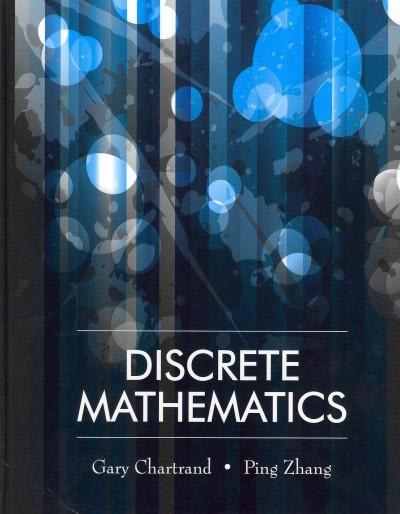Question
To test H0:=103 versus H1:103 a simple random sample of size n=35 is obtained. Complete parts a through e below. (a) Does the population have
To test H0:=103 versus H1:103 a simple random sample of size n=35 is obtained. Complete parts a through e below.
(a) Does the population have to be normally distributed to test thishypothesis? Why?
A.
Yes, because n30.
B.
Yes, because the sample is random.
C.
No, because n30.
D.
No, because the test istwo-tailed.
(b) If x=99.9 and s=5.9, compute the test statistic.
The test statistic is t0=
nothing
. (Round to two decimal places asneeded.)
(c) Draw at-distribution with the area that represents theP-value shaded. Choose the correct graph below.
A.
A symmetric bell-shaped curve is plotted over a horizontal axis. On the left side of the graph, a vertical line runs from the axis to the curve. The area under the curve to the left of the vertical line is shaded.
B.
A symmetric bell-shaped curve is plotted over a horizontal axis. Two vertical lines, equidistant from the curve's peak at the center, extend from the axis to the curve on the left and right sides of the graph. The areas under the curve to the left of the left vertical line and to the right of the right vertical line are shaded.
C.
A symmetric bell-shaped curve is plotted over a horizontal axis. Two vertical lines, equidistant from the curve's peak at the center, extend from the axis to the curve on the left and right sides of the graph. The area under the curve between the vertical lines is shaded.
(d) Approximate theP-value. Choose the correct answer below.
A.
0.001 B. 0.005 C. 0.002 D. 0.01 Interpret theP-value. Choose the correct answer below. A. If 1000 random samples of size n=35 areobtained, about 4 samples are expected to result in a mean as extreme or more extreme than the one observed if =99.9. B. If 1000 random samples of size n=35 areobtained, about 4 samples are expected to result in a mean as extreme or more extreme than the one observed if =103. C. If 100 random samples of size n=35 areobtained, about 4 samples are expected to result in a mean as extreme or more extreme than the one observed if =103. D. If 1000 random samples of size n=35 areobtained, about 10 samples are expected to result in a mean as extreme or more extreme than the one observed if =103. (e) If the researcher decides to test this hypothesis at the =0.05 level ofsignificance, will the researcher reject the nullhypothesis? Yes No
Step by Step Solution
There are 3 Steps involved in it
Step: 1

Get Instant Access to Expert-Tailored Solutions
See step-by-step solutions with expert insights and AI powered tools for academic success
Step: 2

Step: 3

Ace Your Homework with AI
Get the answers you need in no time with our AI-driven, step-by-step assistance
Get Started


